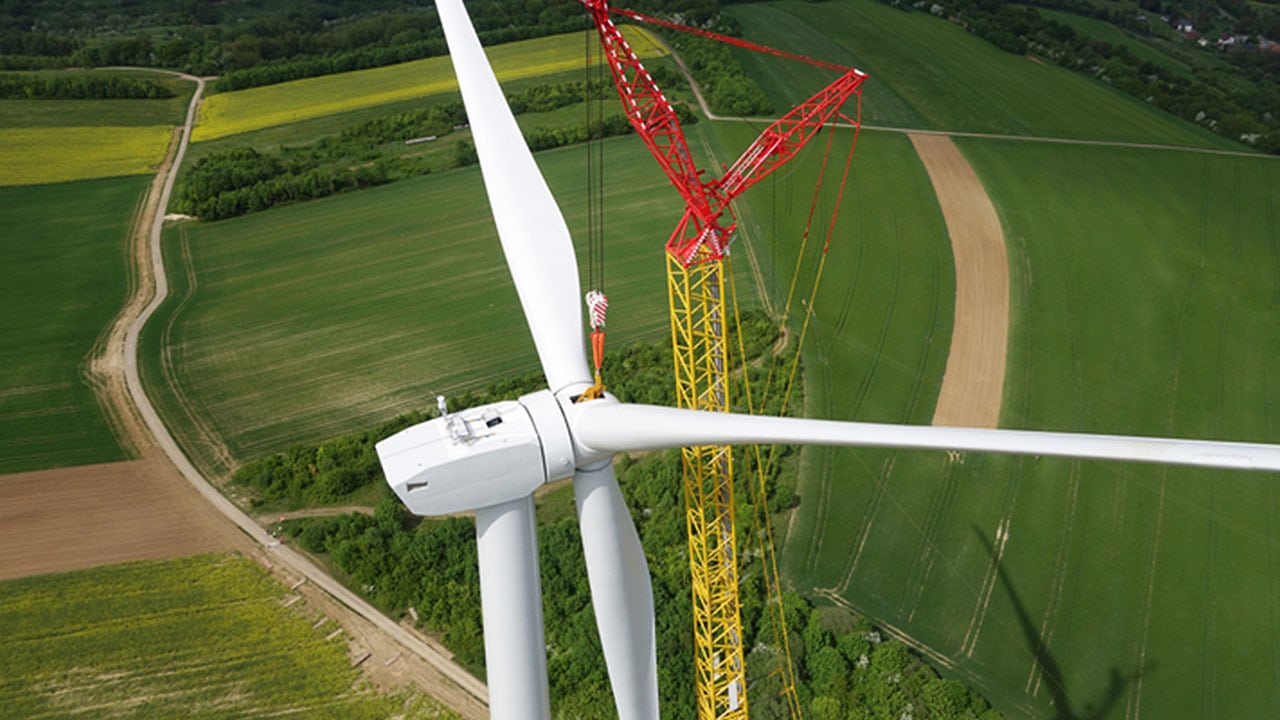All over the world, falling prices are driving increased investment in renewable energy projects like windmills or solar farms. Even by today’s lowered prices, though, the scale and newness of some of these projects mean they are still expensive undertakings. Especially since energy projects are often at least partly government funded, it’s important that the planning and construction phases of these projects go as smoothly as possible, to prevent overages.
This need for precision is seeing professionals trained in architectural technology taking on important roles in the development of renewable energy projects, their skills able to be used to help plan and deliver renewable energy projects of many kinds.
Want to learn a little more about how architectural design technology skills apply to renewable energy projects? Here’s a closer look.
Renewable Energy Projects Often Involve Large Structures
Architectural technology professionals devote much of their training to building the skills needed to help design and model structures—from homes to skyscrapers and everything in between. Renewable energy projects are often similar in some respects. Wind turbines, for example, are complex towering structures, requiring special materials and properties. Even solar installations have control buildings or other associated structures to go along with their arrayed panels.
Designing and modeling these structures would be well within the skill set of a trained architectural technician, with building information modeling skills in particular likely to aid in creating informative and functional models to guide design and production. For renewable energy projects that want to iron out wrinkles at the design phase instead of when the ground is being broken, the expertise of a professional with BIM training can be incredibly valuable.

Renewable energy projects often involve large structures modeled through BIM
Land Development Concerns Are Solved With Skills Possessed by Architectural Technicians
Before land-based energy projects can be constructed, a landscape survey will be completed to understand variations in the level of the land, to measure distances between points, and to catalogue any potential obstacles to development that might be present. These might include natural formations, standing water, and forests.
Surveying is a rather specialized skill set, requiring knowledge of measuring angles, leveling, the use of tools like theodolites, and other areas of knowledge that tend to not be very common. Students in architectural design technology courses, however, learn these important skills as a part of their training, applying them during the process of creating plans, profiles, maps, and other documents associated with project development. In other words, picking up these skills in a digital modeling school could make students an important asset to renewable energy companies setting out to make a new installation.
There Is Plenty of Industry Growth for Graduates of Architectural Design to Look Forward to
According to International Energy Agency data quoted in the Financial Post, the Canadian energy market is set to enjoy an increase in renewable energy production of about 9 GW, enough to power many hundreds of thousands of homes per year by 2022. This will likely take the form of more wind, solar, and hydroelectric plants constructed over the next several years. It is worth noting that growth is also expected to continue past 2022, though perhaps at a slower pace.
With access to clean energy becoming increasingly necessary, it’s likely that there will continue to be public and private sector eagerness for continued development in this field. As more projects are unveiled and begun all across the country, more professionals capable of surveying and putting together models will be needed to contribute their expertise.
Do you want to become an architectural technician with broadly applicable skills?
Contact Digital School to learn about our architectural design technology college courses!

